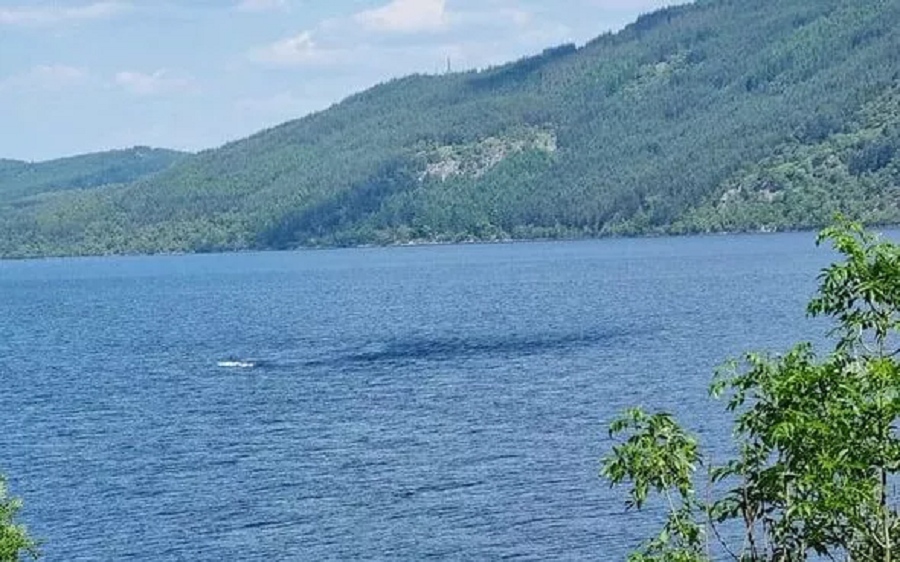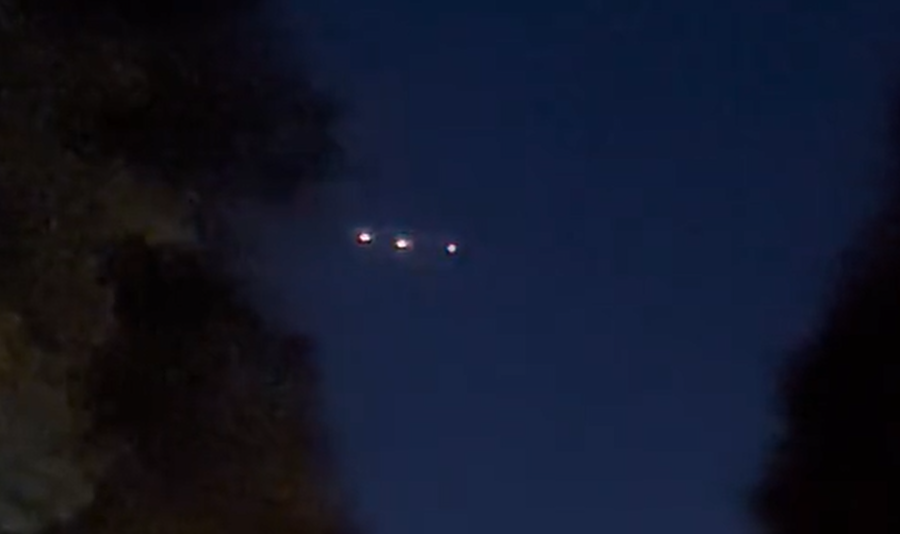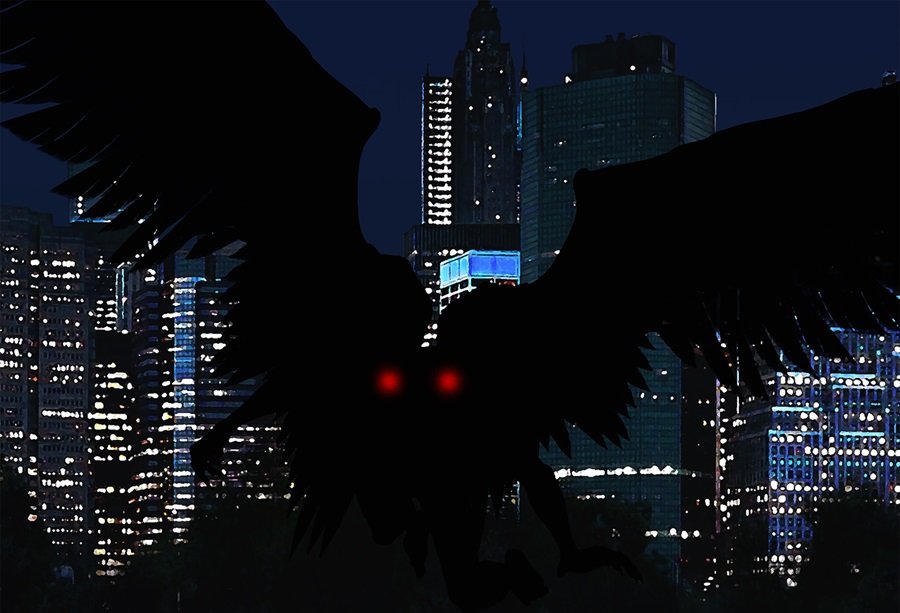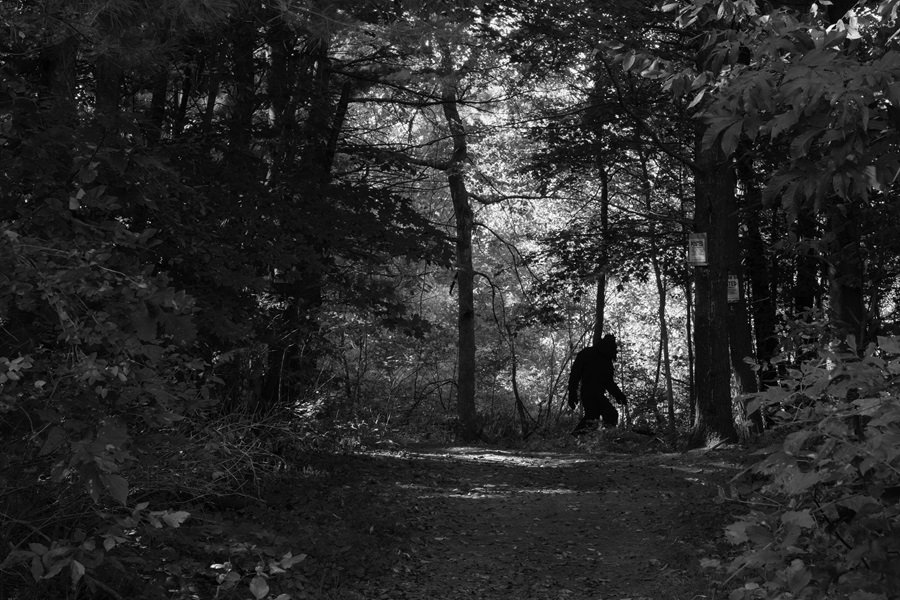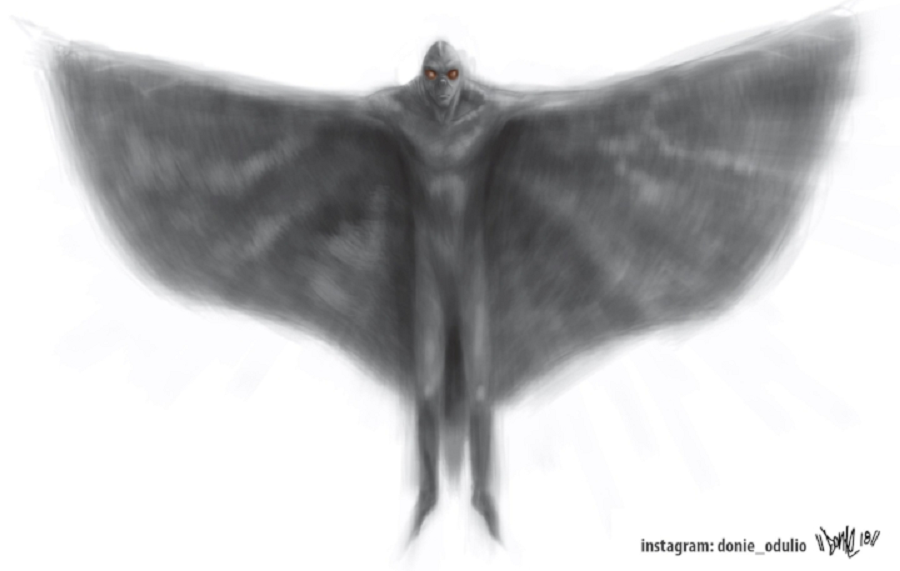Cruise Director Captures Second Sonar Image of Large Object in Loch Ness
The second sonar image of a large object in Loch Ness captured by Cruise Loch Ness director Ronald Mackenzie. (Ronald Mackenzie / Cruise Loch Ness)
49-year-old Cruise Loch Ness director Ronald Mackenzie captured a second mysterious sonar image last month when he recorded the above photo only a mile away from the spot off of Invermoriston in Scotland’s Loch Ness where he took the “eye-catching” sonar image shared earlier this year at the end of September.
This most recent object was recorded on October 11th at a depth of nearly 600 feet.
This makes two such sonar images from Mackenzie within a two-week span.
Sonar expert Craig Wallace—a marine robotics senior application specialist with Kongsberg Maritime AS, who has surveyed Loch Ness half a dozen times and four years ago discovered the lost model of Nessie used in the 1970 film The Private Life of Sherlock Holmes—described the images as "very curious."
"These are of course large, clear and distinct contacts, all strangely near to the loch bed," Wallace told The Inverness Courier. "It is very well known that Loch Ness has been subject to several excursions with sonar to find Nessie, but the technology used—although cutting edge at the time—was designed for bottom mapping operations. Hence it would try to track the seafloor and not necessarily find mid column targets. Modern technology employs new techniques where by the entire water column is mapped accurately and perhaps in the future we will start a program to capture this data correctly in Loch Ness."
Wallace remained skeptically open-minded, saying that "While we could never rule out Nessie's existence—as our swath or coverage at any one time would be too small—perhaps the extra scientific data would justify the venture. If any groups would be willing to sponsor the attempt, I would love the opportunity to attend with these types of sonar."
"It is hard to tell if it is a single creature or a large shoal of fish, which in itself would be unusual for Loch Ness. You don't normally find such a shoal in that loch and so far down," he continued. "These fascinating images are genuine and unexplained contacts that would merit further investigation of the loch by more sophisticated sonar.”
According to Mackenzie, a 30-year veteran of the loch, the second sonar image was taken "one mile southwest of the first."
“I would welcome Mr. Wallace bringing his equipment and we will take him out to try and find out what’s going on. I have no idea," he said. "I just wonder if it is due to lockdown. There’s been nothing moving (boats) on the surface of that loch and I wonder if that has encouraged it to move about. I just don’t know. I can’t explain it. I was reluctant to even make it public."
Mackenzie said he sent the first images to the sonar manufacturer, who told him that "the contact was 15 to 20 feet long and a single creature.”
“It is too big to be a salmon and at that depth,” he said. “There is no way it’s a very large salmon. It could be something that has come in to the loch. I have spent more time on Loch Ness than anybody I know and I can’t explain why suddenly we are getting these sonar contacts all of a sudden. It’s just incredible. I honestly think it’s a big fish of some sort, known or unknown to the loch."
"I have been over that area for decades, tens of thousands of times," Mackenzie added. "Now we have two similar contacts and in the middle of the loch. The latest looks the same. I've no idea what it is."
Nessie investigator Steve Feltham described the sonar images as "the most compelling case for a big creature swimming around Loch Ness."
"All the contacts are near the bottom or in the first 100 feet up. It is a game changer—the first indisputable sighting of something very big and unexplained that's in there," he said. "It is not explainable by any known phenomenon in Loch Ness. That's why I have sat and waited here all these years. We have had so many rubbish sightings over the years—of boat wakes or logs. But this is in a different league."
Feltham speculated that the images could represent a particularly large natural specimen.
"I am not keen on the idea it could be a sturgeon, but it might be a Wels catfish," he said. "It is possible. I would think there's very few of them, though. If there's been a small population we could be looking for the last one left. We don't know how long they live for—at least we know there is this one and it would be nice to find it before it's too late, because it seems to inhabit the bottom and rarely come to the surface."
This is now the third anomalous sonar return to be reported in Loch Ness since 2019, when boat skipper Mike Bell captured a mysterious object while piloting a group of tourists around the loch.
To report your own encounter with the impossible, reach out to us directly at the Singular Fortean Society through our contact page.
If you enjoyed this article and would like to support the Singular Fortean Society, please consider becoming an official member by signing up through our Patreon page—membership includes a ton of extra content and behind-the-scenes access to the Society’s inner workings.












